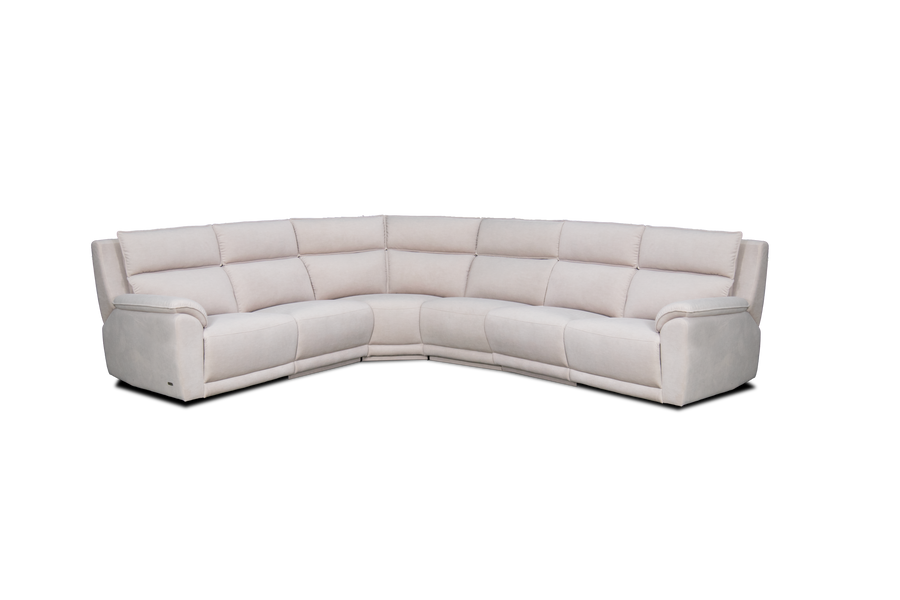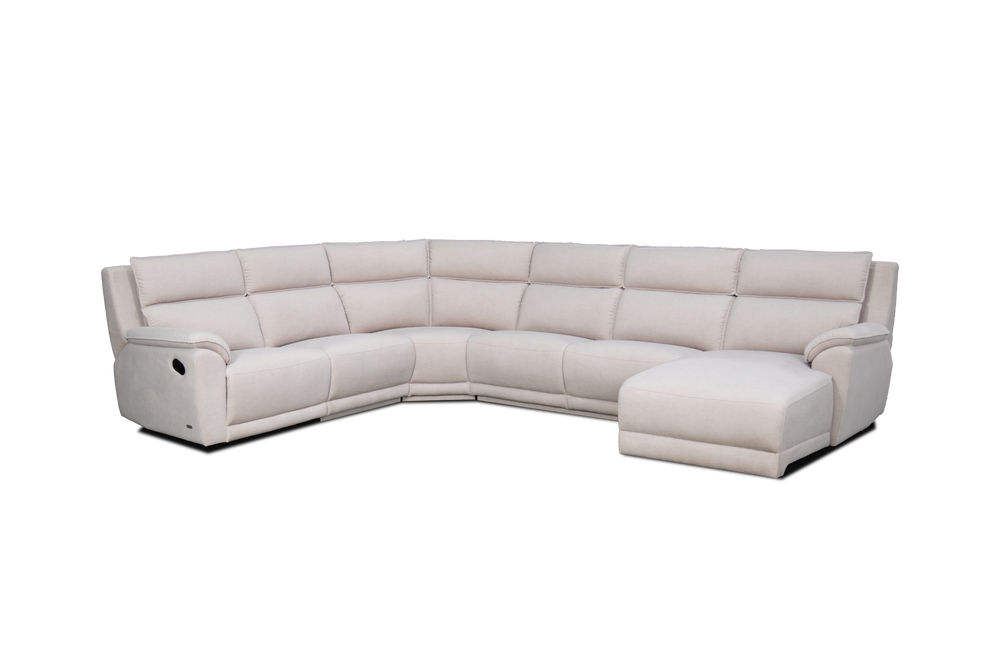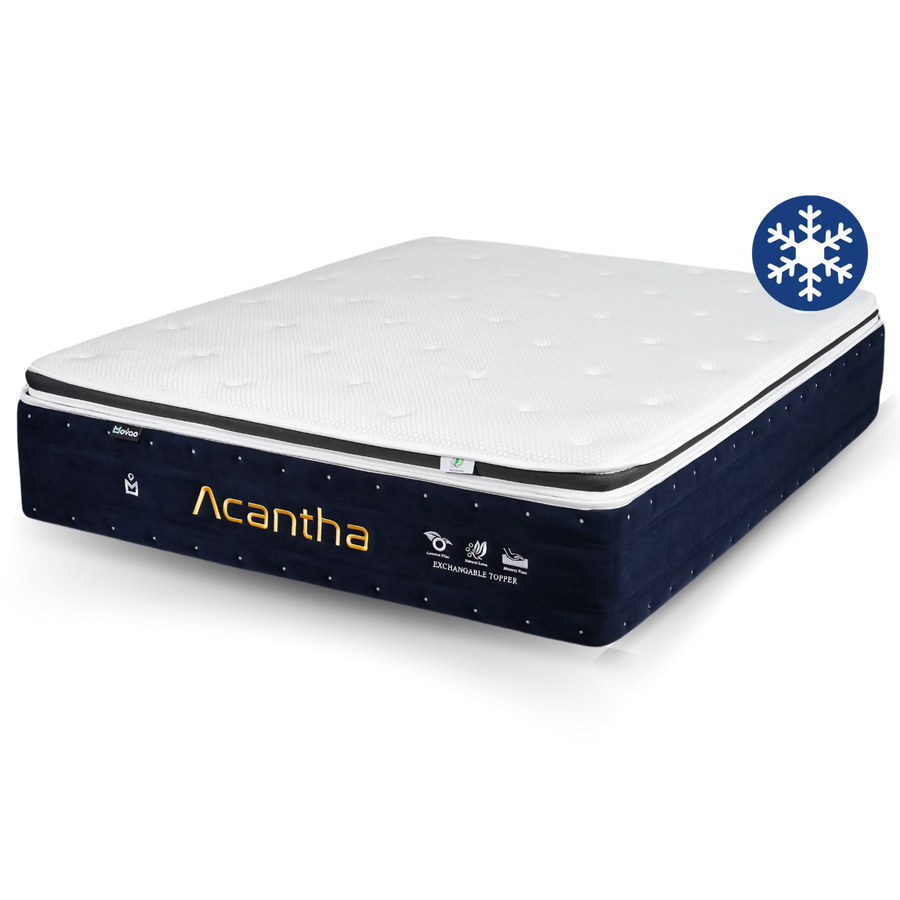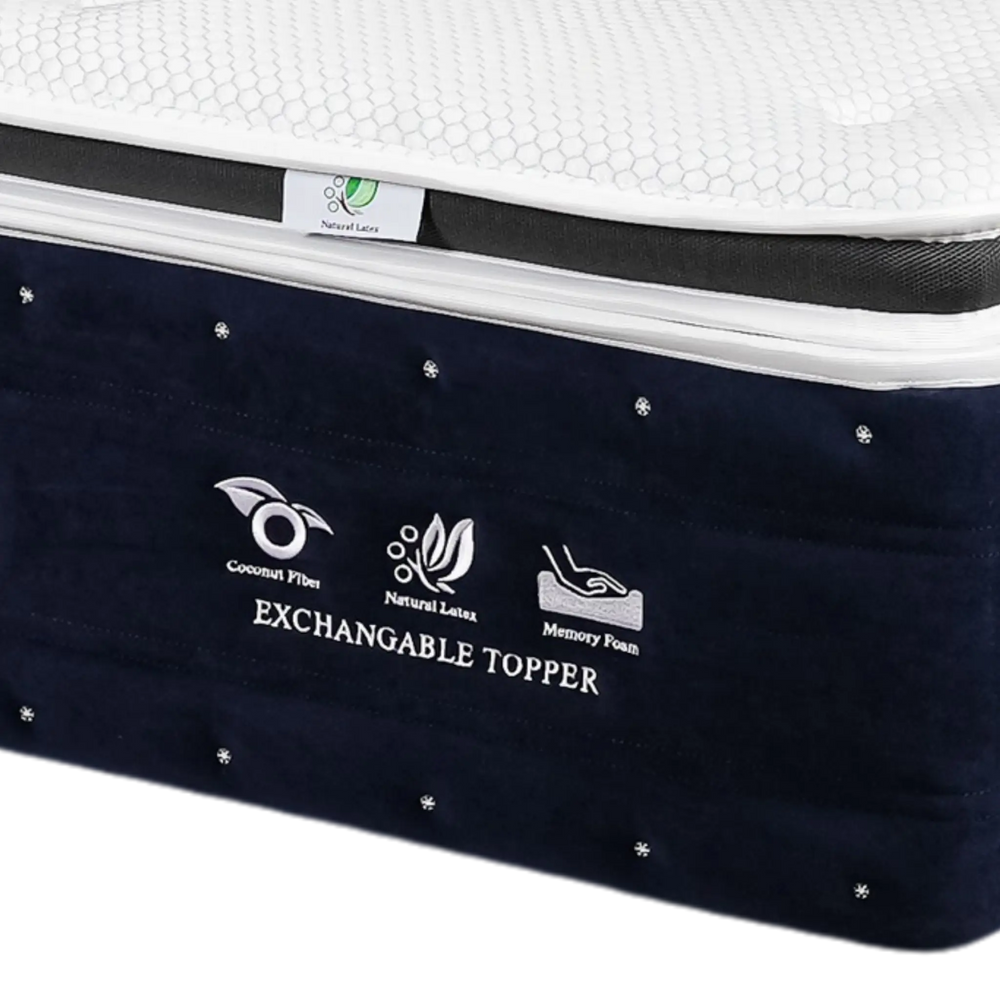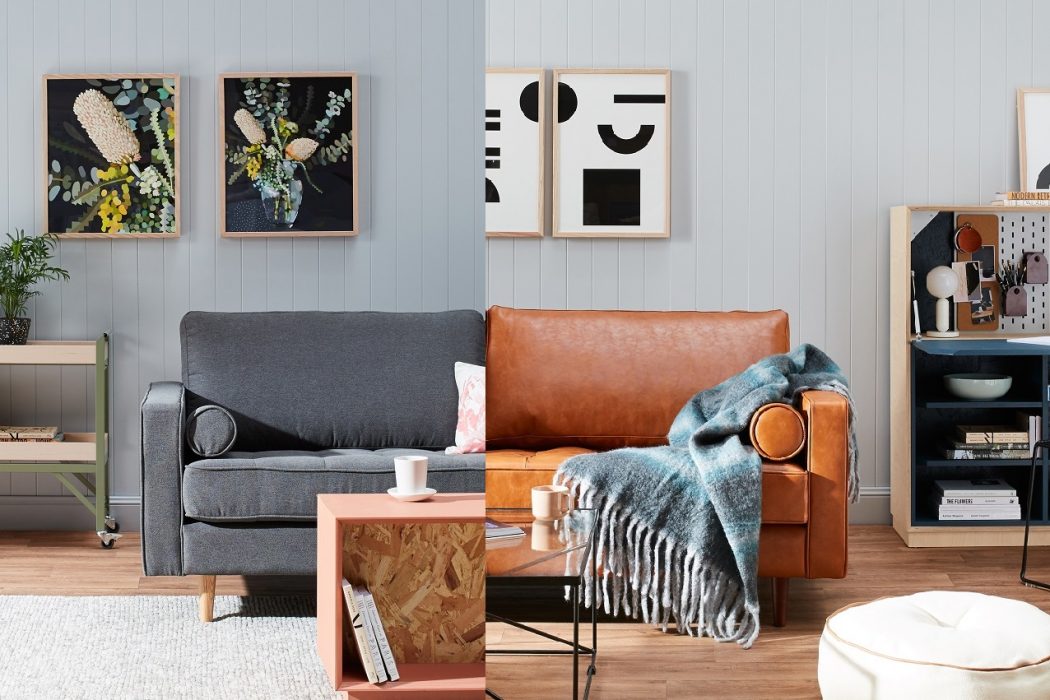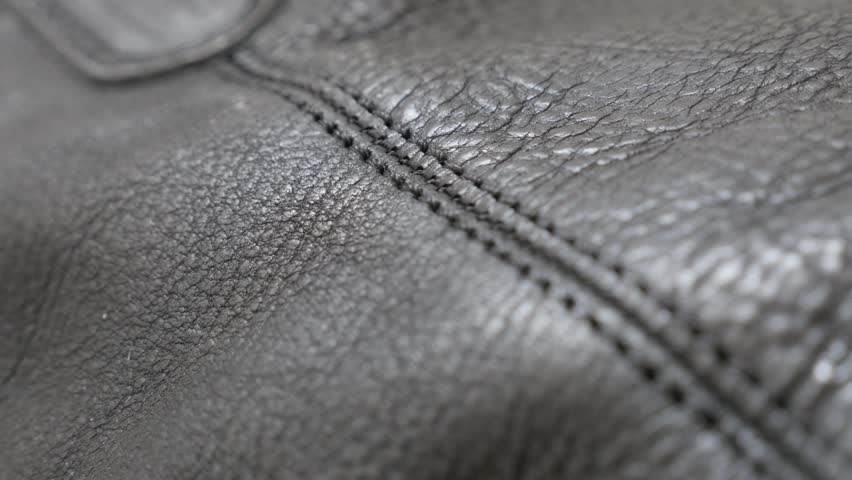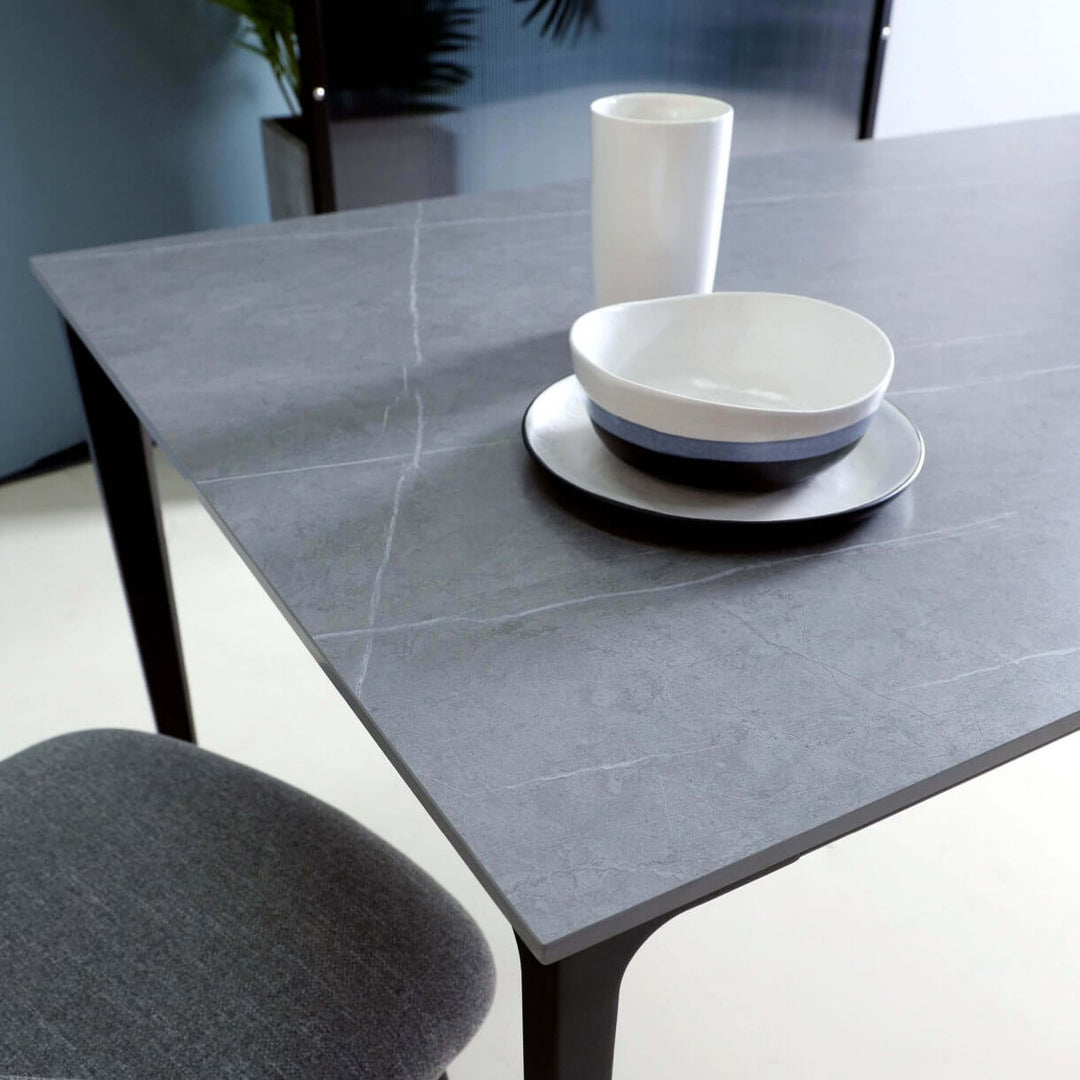5 Misconceptions Customer choose Fabric Sofas over Leather Sofa

When it comes to choosing a sofa for your home, there are many factors to consider. One of the biggest decisions is often between fabric and leather. While both materials have their own unique benefits and drawbacks, there are some common misconceptions about fabric sofas that may influence your decision. In this article, we aim to debunk these misconceptions and provide accurate information to help you make an informed decision about whether a fabric or leather sofa is right for you. Whether you have young children, a busy household, or are simply looking for the most comfortable and stylish option, this article will provide valuable insights to help you make the best choice for your home.
Misconception #1: Fabric sofas are more comfortable than leather sofas
One common misconception about fabric sofas is that they are always more comfortable than leather sofas. However, this is not necessarily true. While it is true that fabric sofas can be made with soft, plush materials that are comfortable to sit on, the same can be said for leather sofas. In fact, leather sofas can be made with high-quality, soft leather that is just as comfortable as a fabric sofa.
The key to determining the comfort level of any sofa is the quality of the materials and construction. A poorly made leather sofa may not be as comfortable as a well-made fabric sofa, and vice versa. Cushions and padding also play a role in comfort levels, as they provide support and help distribute weight evenly.
It's important to remember that comfort is a personal preference, and what may be comfortable for one person may not be for another. The best way to determine the comfort level of a sofa is to try it out for yourself, whether in a showroom or by ordering a sample swatch of the fabric. This will give you a better idea of how the sofa will feel and whether it meets your comfort needs.
Misconception #2: Fabric sofas are easier to clean and maintain than leather sofas
When it comes to cleaning and maintenance, it's a common misconception that fabric sofas are the easier option. However, this isn't necessarily true. Both leather and fabric sofas require regular cleaning and maintenance in order to keep them looking their best.
While it may be true that spills and stains can be more easily wiped away from a leather sofa, this doesn't mean that they require no maintenance at all. Leather sofas need to be regularly dusted and vacuumed, and they may also need to be treated with specialized leather cleaners to keep them looking their best.
On the other hand, fabric sofas also require regular cleaning and maintenance. They need to be vacuumed and dusted regularly, and spills and stains should be cleaned up as soon as possible to prevent them from setting in. In addition, fabric sofas may need to be treated with fabric cleaners or spot cleaners to remove stains and keep them looking fresh.
Overall, it's important to consider the cleaning and maintenance requirements of both leather and fabric sofas when making a decision. While one type may be easier to clean in some cases, both types of sofas require regular care and attention in order to stay looking their best.
Misconception #3: Fabric sofas are more affordable than leather sofas
When it comes to choosing a new sofa, one of the common misconceptions that many people have is that fabric sofas are more affordable than leather sofas. However, this is not necessarily true. The cost of both types of sofas can vary greatly depending on factors such as size, style, and quality of materials. While it may be true that some fabric sofas are more affordable upfront, it's important to consider the long-term cost of ownership as well.
Leather sofas can often be more affordable in the long run due to their durability and longevity. High-quality leather sofas can last for decades with proper care, while lower-quality fabric sofas may need to be replaced more frequently. In addition, leather sofas are generally easier to clean and maintain, which can also save money on cleaning and repair costs over time.
When it comes to budget, it's important to consider all of these factors and shop around to find the best value. Look for sofas with good quality materials and construction, as well as warranties and guarantees that will help protect your investment. Whether you choose a leather or fabric sofa, be sure to do your research and make an informed decision that will meet your needs and fit your budget.
Misconception #4: Fabric sofas are more suitable for families with children
Many customers believe that fabric sofas are a better choice for families with children because they are easier to clean and more resistant to wear and tear. However, this is not always the case. While it is true that some fabric sofas are treated with water-resistant treatments that make them easier to clean, these treatments can fade over time, leaving the sofa vulnerable to spills and stains.
On the other hand, leather sofas are much easier to clean and maintain. They can be wiped down with a damp cloth and a mild cleaning solution, making them a practical choice for families with children who tend to make messes. Leather sofas are also more durable and resistant to wear and tear, meaning they can withstand the rigors of daily life with active children.
Ultimately, the best type of sofa for a family with children will depend on their lifestyle and habits. If the family is prone to spills and accidents, a leather sofa may be the best choice. However, if the family is more low-key and doesn't anticipate any major messes, a fabric sofa may be a good choice. It's important for families to consider their needs and preferences before making a decision.
Misconception #5: Fabric sofas are more stylish than leather sofas
When it comes to choosing a sofa, one of the most common misconceptions is that fabric sofas are always more stylish than leather sofas. However, this is not necessarily true. Both types of sofas can be stylish depending on the design and style of the sofa.
Leather sofas, in particular, can have a timeless, classic look that never goes out of style. Whether you prefer a more traditional look or a more modern, minimalist aesthetic, a leather sofa can be a great choice. And with so many different styles and colors of leather available, there's sure to be a leather sofa that fits your personal style.
Of course, personal style preferences are an important factor when choosing any type of furniture. It's important to choose a sofa that fits with the overall aesthetic of the room, and one that is comfortable for you and your family to use. So when considering the style of your sofa, don't just focus on its appearance. Think about its comfort and functionality as well.
Conclusion
It's important to remember that both materials have their own unique pros and cons. Fabric sofas are known for their comfort, variety of colors and patterns, and ability to blend with a variety of décor styles. However, they also require more frequent cleaning and maintenance, and may be at risk of staining or fading over time. On the other hand, leather sofas are durable, easy to maintain, and have a classic style. However, they can be expensive, may crack or fade over time, and may not be as comfortable in hot weather.
Ultimately, the decision between a fabric or leather sofa will depend on personal preferences and needs. Before making a decision, it's important to consider all factors such as the size and layout of the room, the climate and humidity levels in the home, and the budget and long-term cost of ownership. Don't be swayed by common misconceptions – do your own research and choose the material that best suits your needs and preferences.
